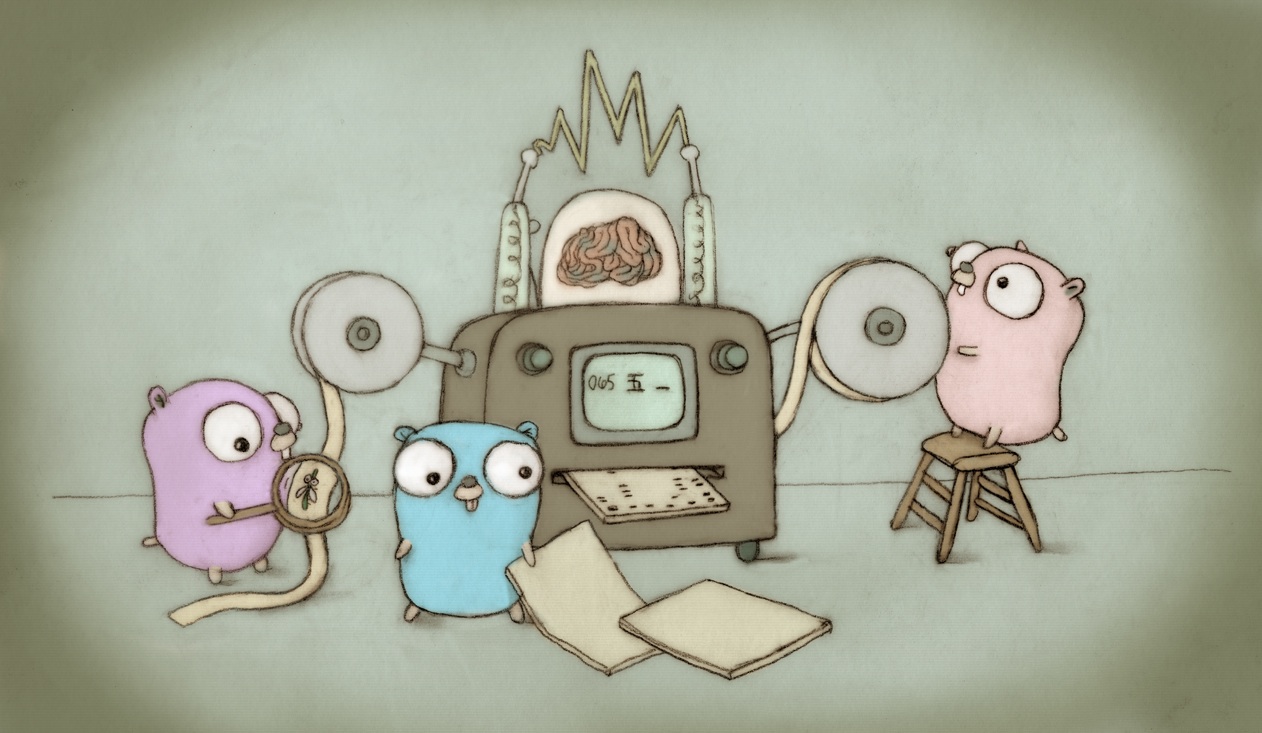To understand this change, we begin with a short description of the UIR
file format.
Every file is a header followed by a series of sections. Each section
has a kind, which determines the type of elements it contains. An
element is just a collection of one or more primitives, as defined by
package pkgbits.
Strings have their own section. Elements in the string section contain
only string primitives. To use a string, elements in other sections
encode a reference to the string section.
To illustrate, consider a simple file which exports nothing at all.
package p
In the meta section, there is an element representing a package stub.
In that package stub, a string ("p") represents both the path and name
of the package. Again, these are encoded as references.
To manage references, every element begins with a reference table.
Instead of writing the bytes for "p" directly, the package stub encodes
an index in this reference table. At that index, a pair of numbers is
stored, indicating:
1. which section
2. which element index within the section
Effectively, elements always use *2* layers of indirection; first to the
reference table, then to the bytes themselves.
With some minor hand-waving, an encoding for the above package is given
below, with (S)ections, (E)lements and (P)rimitives denoted.
+ Header
| + Section Ends // each section has 1 element
| | + 1 // String is elements [0, 1)
| | + 2 // Meta is elements [1, 2)
| + Element Ends
| | + 1 // "p" is bytes [0, 1)
| | + 6 // stub is bytes [1, 6)
+ Payload
| + (S) String
| | + (E) String
| | | + (P) String { byte } 0x70 // "p"
| + (S) Meta
| | + (E) Package Stub
| | | + Reference Table
| | | | + (P) Entry Count uvarint 1 // there is a single entry
| | | | + (P) 0th Section uvarint 0 // to String, 0th section
| | | | + (P) 0th Index uvarint 0 // to 0th element in String
| | | + Internals
| | | | + (P) Path uvarint 0 // 0th entry in table
| | | | + (P) Name uvarint 0 // 0th entry in table
Note that string elements do not have reference tables like other
elements. They behave more like a primitive.
As this is a bit complicated and getting into details of the UIR file
format, we omit some details in the documentation here. The structure
will become clearer as we continue documenting.
Change-Id: I12a5ce9a34251c5358a20f2f2c4d0f9bd497f4d0
Reviewed-on: https://go-review.googlesource.com/c/go/+/671997
Reviewed-by: Robert Griesemer <gri@google.com>
Auto-Submit: Mark Freeman <mark@golang.org>
TryBot-Bypass: Mark Freeman <mark@golang.org>
|
||
|---|---|---|
| .github | ||
| api | ||
| doc | ||
| lib | ||
| misc | ||
| src | ||
| test | ||
| .gitattributes | ||
| .gitignore | ||
| codereview.cfg | ||
| CONTRIBUTING.md | ||
| go.env | ||
| LICENSE | ||
| PATENTS | ||
| README.md | ||
| SECURITY.md | ||
The Go Programming Language
Go is an open source programming language that makes it easy to build simple, reliable, and efficient software.
 Gopher image by Renee French, licensed under Creative Commons 4.0 Attribution license.
Gopher image by Renee French, licensed under Creative Commons 4.0 Attribution license.
Our canonical Git repository is located at https://go.googlesource.com/go. There is a mirror of the repository at https://github.com/golang/go.
Unless otherwise noted, the Go source files are distributed under the BSD-style license found in the LICENSE file.
Download and Install
Binary Distributions
Official binary distributions are available at https://go.dev/dl/.
After downloading a binary release, visit https://go.dev/doc/install for installation instructions.
Install From Source
If a binary distribution is not available for your combination of operating system and architecture, visit https://go.dev/doc/install/source for source installation instructions.
Contributing
Go is the work of thousands of contributors. We appreciate your help!
To contribute, please read the contribution guidelines at https://go.dev/doc/contribute.
Note that the Go project uses the issue tracker for bug reports and proposals only. See https://go.dev/wiki/Questions for a list of places to ask questions about the Go language.